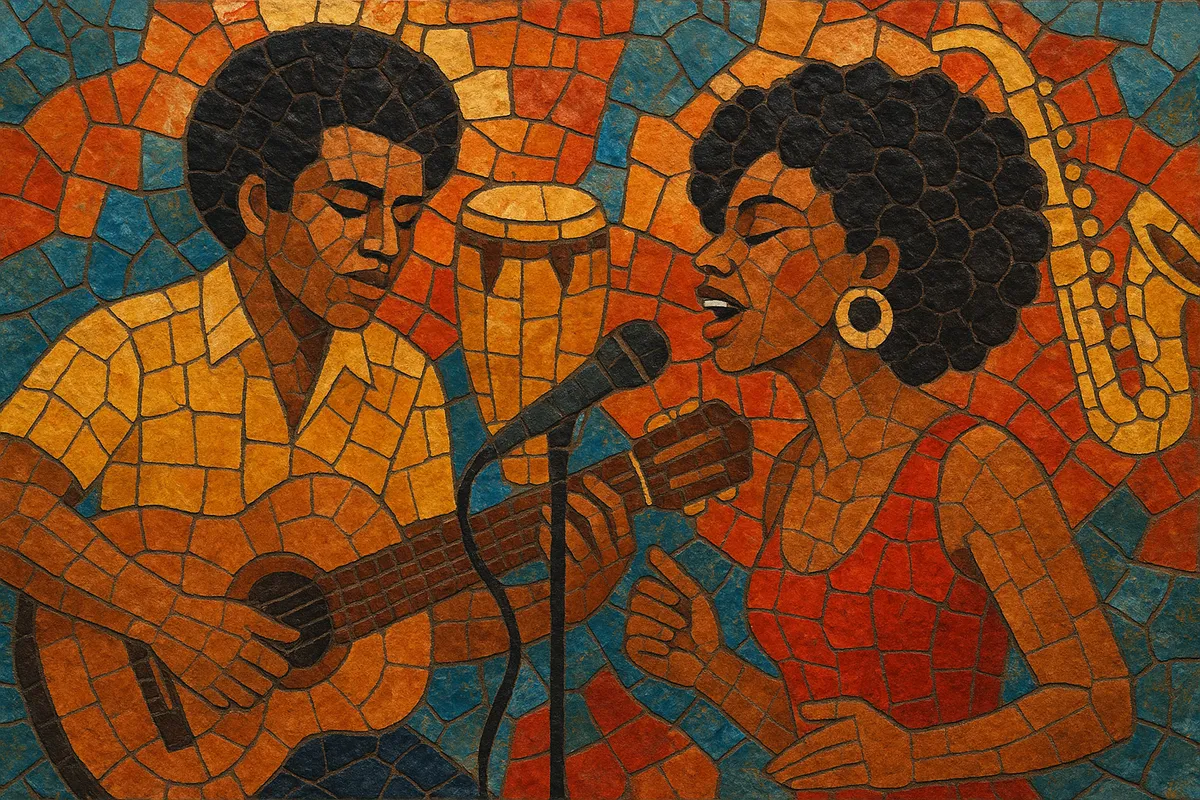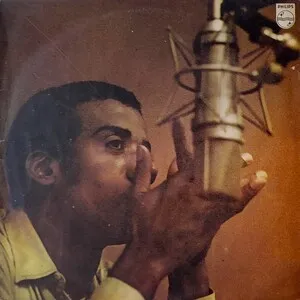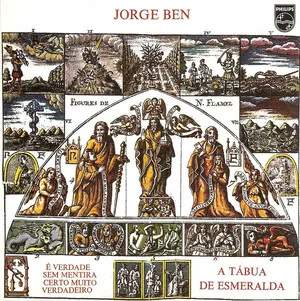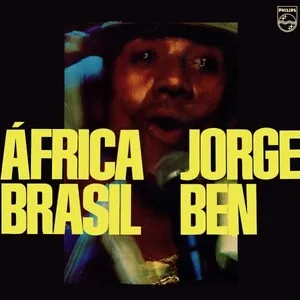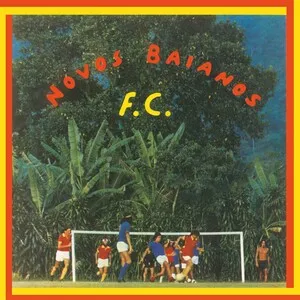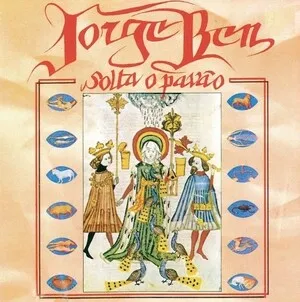Your digging level
Description
Samba-rock is a Brazilian dance music style that fuses the syncopated, percussive feel of samba with the backbeat and instrumentation of rock, soul, and funk.
It is characterized by a swinging 2/4 groove, tight electric-guitar strumming patterns, prominent bass lines, hand percussion, and often brass accents. Vocals are typically melodic and relaxed, with lyrics that celebrate love, nightlife, and urban life.
The style emerged in São Paulo’s dance halls, where DJs and bands blended North American soul and rock with local samba, and was crystallized by artists like Jorge Ben Jor through his signature guitar “batida” and groove-centric songwriting.
History
Samba-rock took shape in São Paulo in the mid-to-late 1960s, when local bands and DJs began mixing samba’s syncopation with the guitar-driven pulse of rock & roll and the groove of American soul and funk. Jorge Ben (later Jorge Ben Jor) became the idiom’s emblem through records that married samba rhythms to electric-guitar “batida,” jazzy harmonies, and a dance-floor sensibility.
During the 1970s, the style flourished in São Paulo’s bailes (dance parties), where selectors spun soul/funk imports alongside Brazilian records with a similar feel. Groups such as Trio Mocotó and artists like Bebeto and Luis Vagner helped codify the sound: a propulsive 2/4 swing, percussive guitar chops, fluid bass lines, and tight drum backbeats. The repertoire overlapped with samba-soul and samba-jazz, and audiences often danced a partner style also called “samba rock.”
Although pop trends shifted, the groove lived on in collectors’ scenes and neighborhood parties. In the late 1990s and early 2000s, acts like Clube do Balanço and younger artists connected to the legacy of Wilson Simonal (e.g., Simoninha, Max de Castro) revived and modernized the idiom with contemporary production while preserving its danceable essence.
Samba-rock’s guitar language and feel influenced MPB artists, fed into Tropicália’s eclecticism, and later resonated with international DJs and bands in acid jazz and nu jazz scenes. Today the style remains a staple of Brazilian dance floors and crate-digger culture, prized for its effortless blend of swing, soul, and rock energy.

